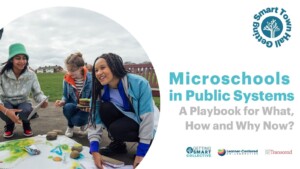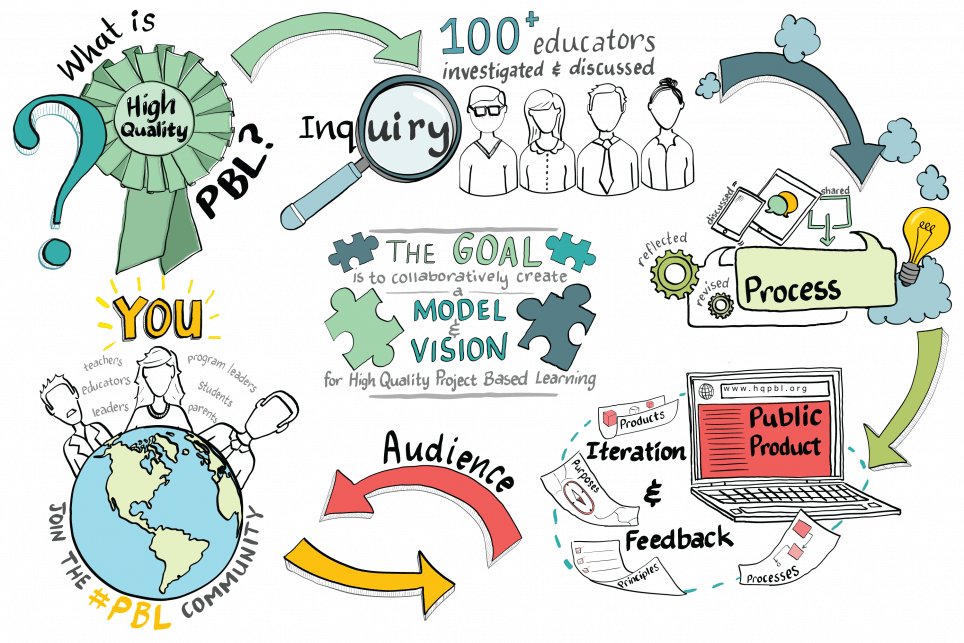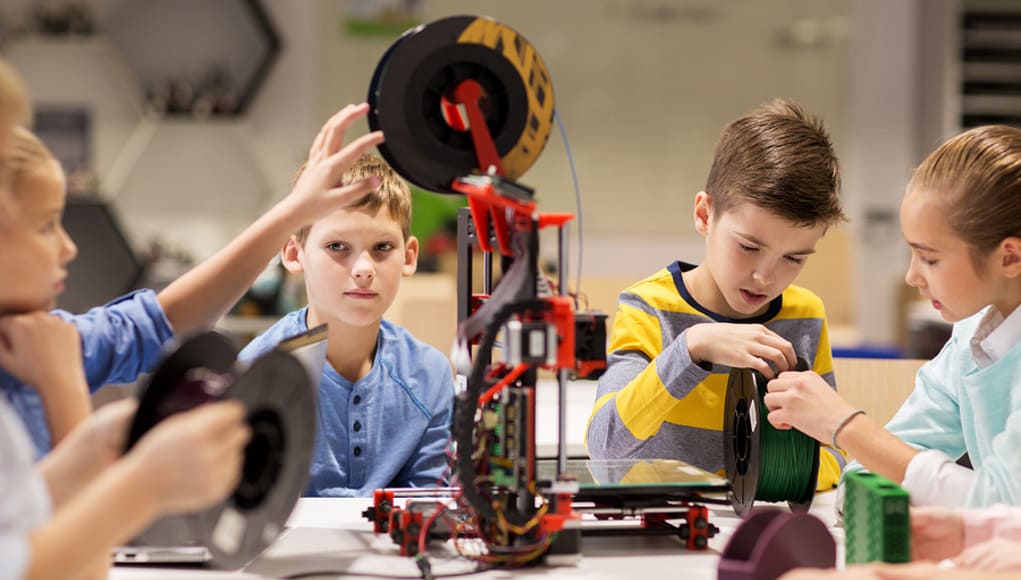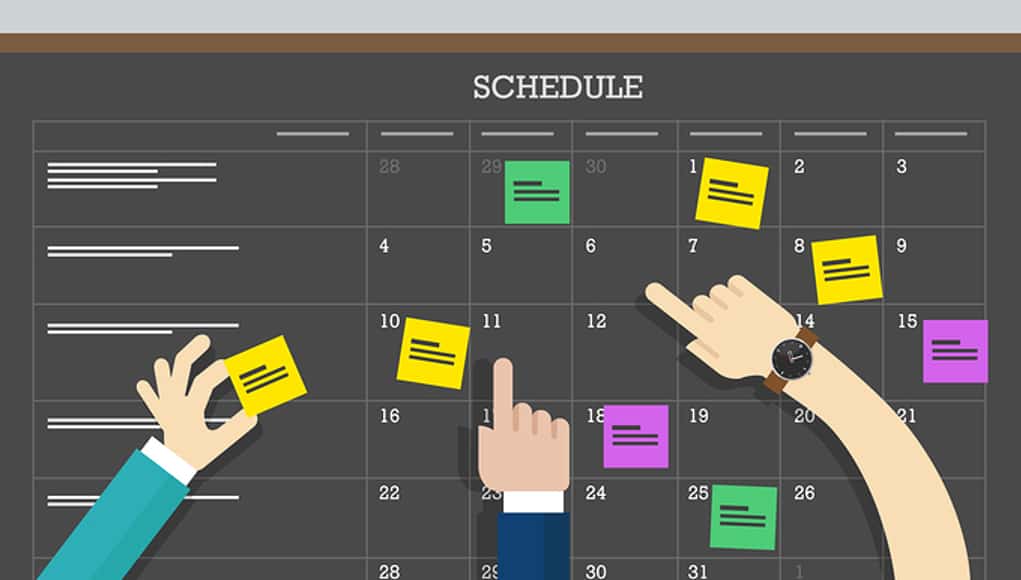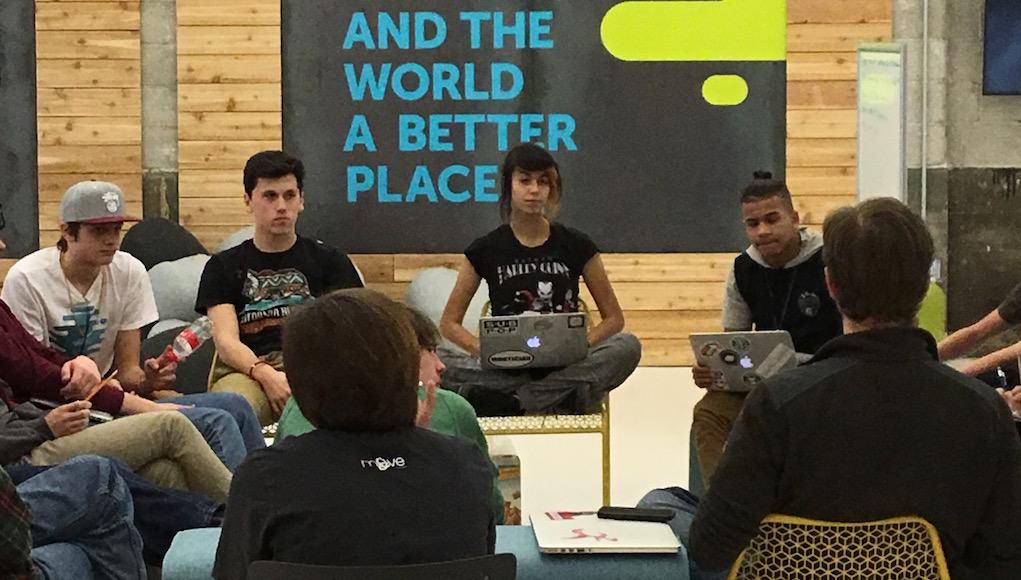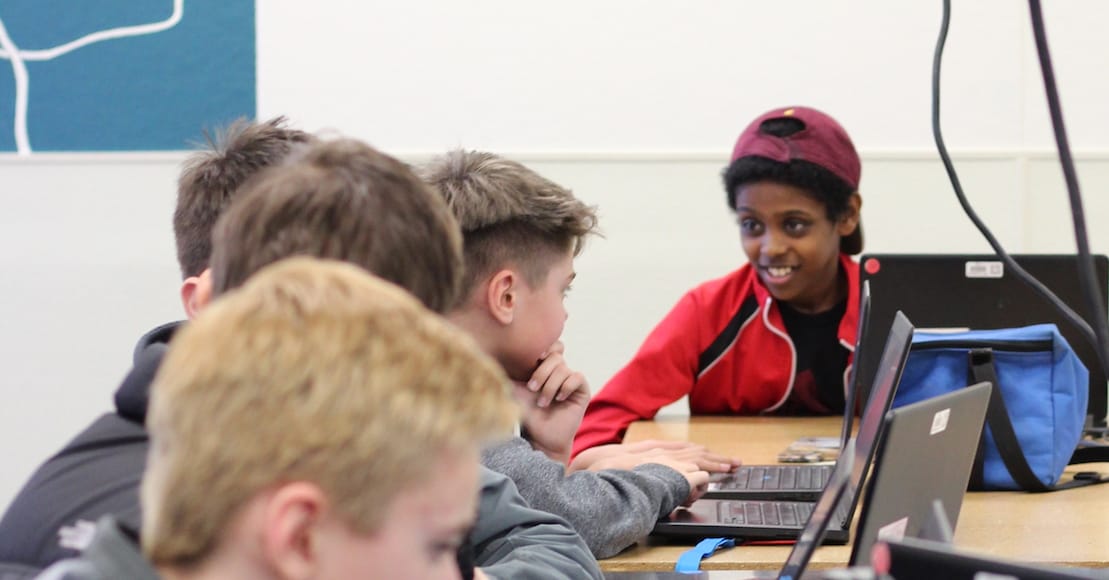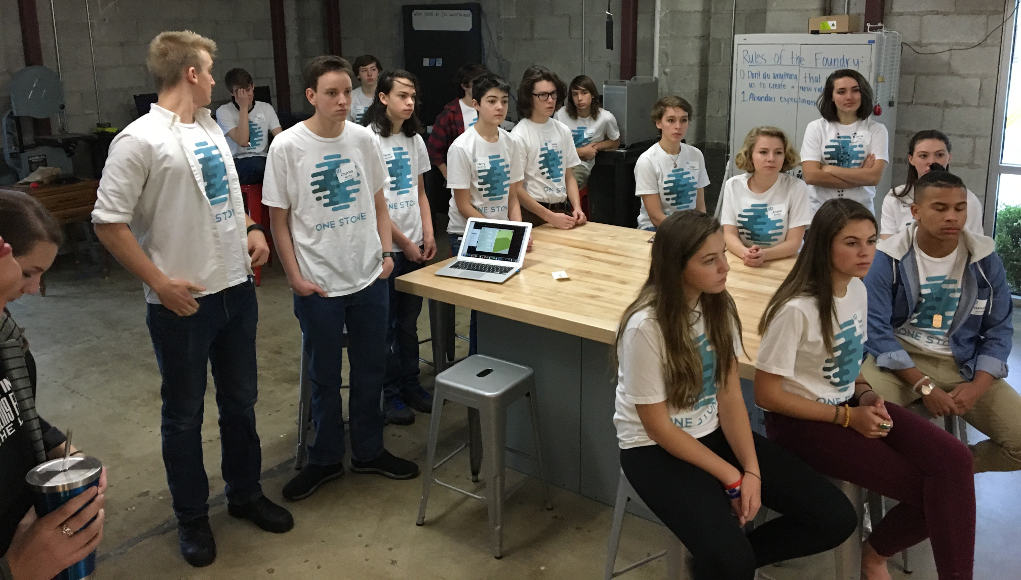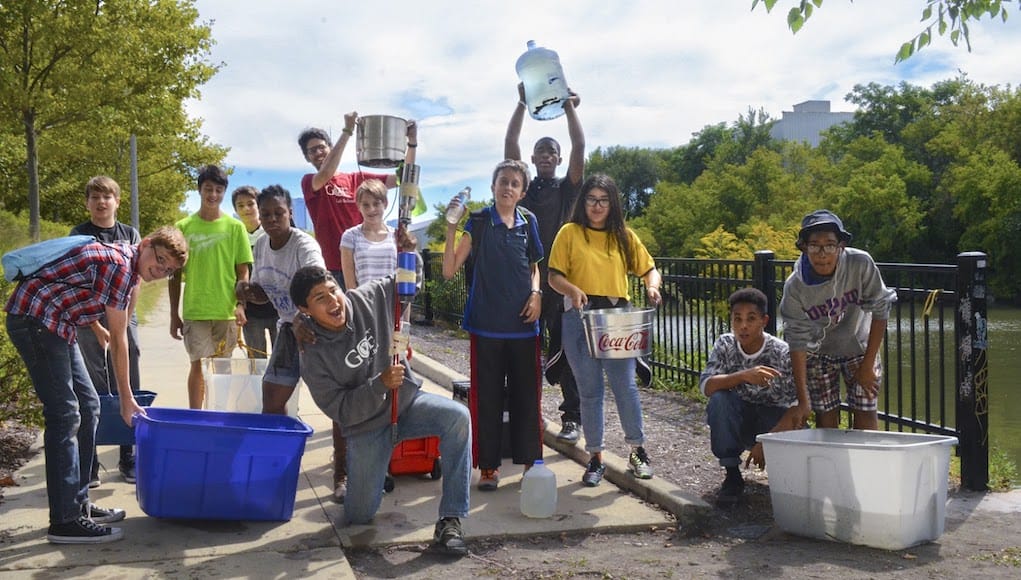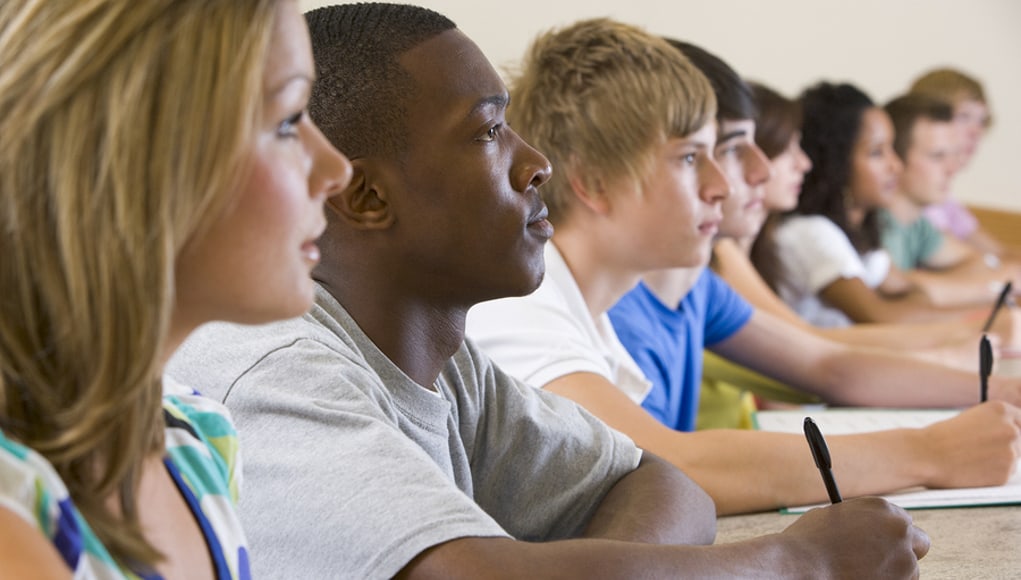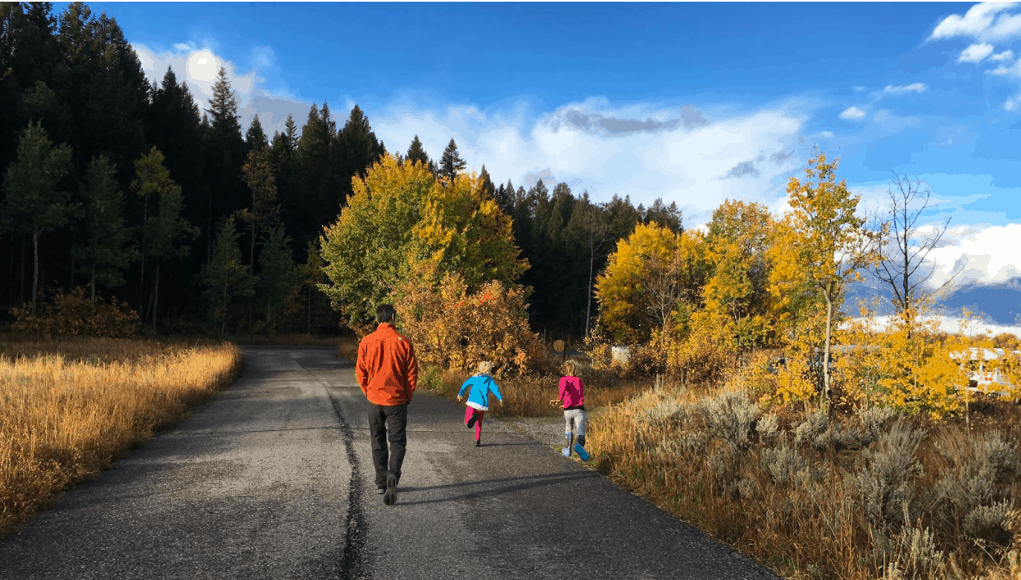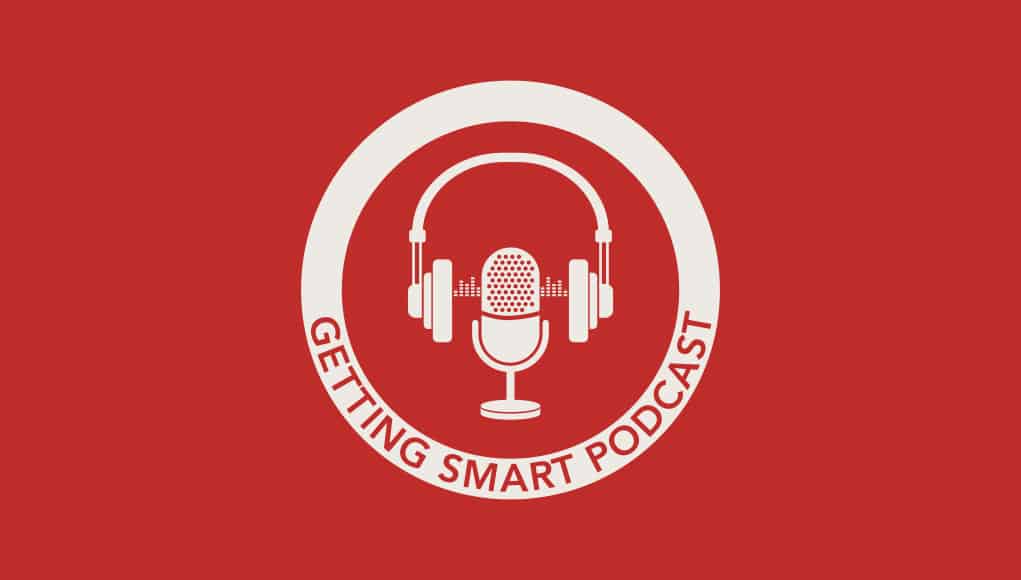Project-Based Learning
(PBL) is an instructional approach where traditional, direct classroom instruction and tests are replaced by authentic, often interdisciplinary projects, usually designed by the student with guidance from instructors/coaches, addressing real-world problems as the assessment instead of a test. It also is closely related to deeper learning, challenge-based learning, interest-based learning and more.
The Need for a High Quality PBL Framework
PBL is increasingly recognized as a powerful instructional practice, and there is a growing need for guidance and support in its facilitation. Learn more about how education leaders worldwide are working to design and craft a Model for High-Quality PBL.
The Rise of AI Demands Project-Based Learning
The use of artificial intelligence (AI) is on the rise, and interviews with leaders in several different fields about AI point to the same thing: an increasing importance in self-directed learning--lifelong, often project-based and (when possible) with a diverse team.
Scheduling for Learning, Not Convenience
By: Emily Liebtag and Mary Ryerse. When it comes to secondary school scheduling, there are many options. Which schedule is best? It depends what you’re trying to accomplish. Here, we look at a number of approaches and examples.
8 Tips for Helping Students Identify and Solve Big Problems
As educators seeking to create meaningful experiences for our students, we must find ways to ask the right questions and provide kids the space to come up with their own problems. Here are 8 tips to help you get started.
My First School Visit: Project-Based STEM at TAF
I wasn’t sure what to expect when I was first invited to go on a school visit in my home district of Federal Way, where I received my 20th-century education. Read more about how the district is making strides towards next-gen learning here.
Designed for Learning: At School and At Home
Learn more about One Stone, a new student-led project-based high school in Boise where students own their learning and take on real challenges using a design thinking process.
Preparing #LifeReady Students: Creating a Globally-Sourced, Locally-Relevant Curriculum
By: Eric Davis, Aparna Rae and Stephanie Leite. Our organization is working hard to prepare #LifeReady global citizens through place-based (and project-based) learning. In this post, we take a look at how we're doing it.
Three Ways to Help Tie Listening and Writing into Language Learning
By: Scott Evans. One intersection often overlooked in language learning is the connection between listening and writing. Here are three ways teachers can more closely tie listening and writing activities in the classroom.
Students Share Their Perspectives on Place-Based Learning
By: Nate McClennen. Student voice is important to include in the place-based education conversation, so here are responses from a group of middle school students in Wyoming and Idaho who were asked, “What are the benefits of place-based education?”
Getting Smart Podcast | Shared Leadership for Deeper Learning
In this podcast, Unite LA president David Rattray chats with Tom about workforce readiness, the need for continued lifelong learning and how schools must adapt to prepare young people for a new economy and a changing world.


